
This post is brought to you in part by Volvo Car Malaysia.
It’s all too easy to forget how much more dangerous driving used to be. In less than a century, improvements and innovations in vehicle safety, reliability, and exhaust emissions have revolutionised the industry, such as the child safety seat and the Lambda Sond – which many people nowadays probably use daily, without even knowing it existed.
Here’s a look at some innovations that have changed the motoring world over the years.
1. Three-point safety belt, 1959
The now-standard three-point safety belt was invented by Volvo engineer Nils Bohlin, a former aviation engineer who worked on ejector seats. The original two-point belts went just over the abdomen, which could cause serious injuries in the event of high-speed crashes. It sometimes did more harm than good.
Bohlin’s safety belt design, however, fitted over the torso and the lap of the passenger or driver, ensuring a higher level of safety in crashes. The truly inspiring moment was when Volvo decided to allow other car makers to use their design – for free – as they placed safety over profit. That’s why the three-point belt system is now used in every car now.
2. Rear-facing child safety seat, 1972
As pioneers in child-safety technology in vehicles, Volvo worked with Professor Bertil Adman at Chalmers University of Technology in Sweden to come up with a rear-facing child seat inspired by astronaut seats that would evenly distribute the force in a collision. After several years of research and prototype testing, Volvo became the first car manufacturers to introduce their own rear-facing child seats.
Since then, they’ve improved on the design of child seats and invented the world’s first booster cushions for older children who have outgrown their seats as well as developed plenty of technology in this area to ensure their smallest passengers are well taken care of.
3. Lambda Sond, 1976
The Lambda Sond is a catalytic exhaust emission control that works in tandem with catalytic converter technology to reduce harmful exhaust emissions. Essentially, hot exhaust gases are conducted through a container with a ceramic ‘honeycomb’ covered with precious metal.
The metal converts exhaust gases into harmless substances and the Lambda Sond functions as an oxygen sensor to regulate the mixture of air and fuel for optimum conversion. This innovation earned Volvo the Don Safety Trophy in England. Now, virtually all petrol-engine cars are fitted with a Lambda Sond.
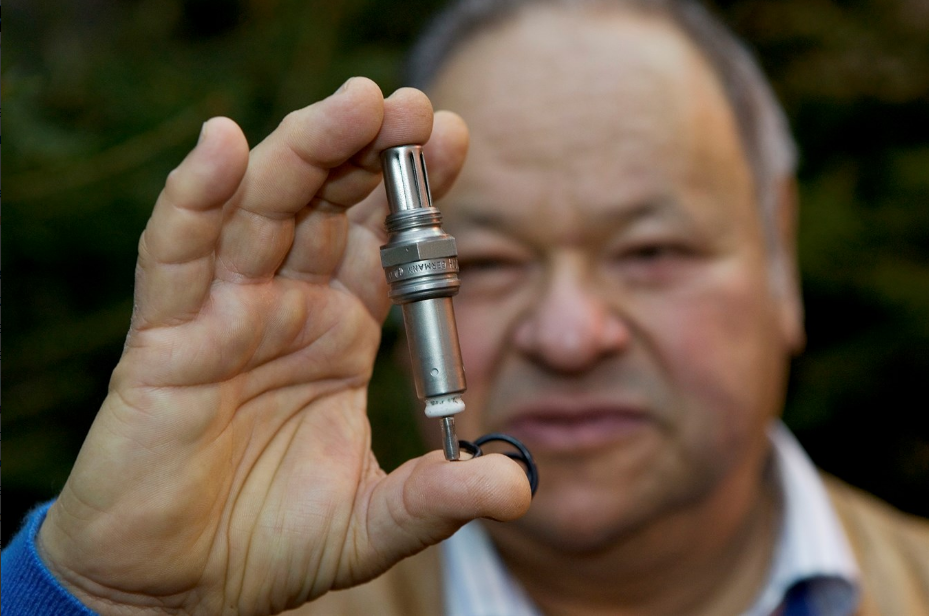
4. Side impact protection, 1991
Another major step forward for safety was the Side Impact Protection System, also known as SIPS. This became an integral part of Volvo cars’ design, which included a strong structure, energy-absorbing materials on the inside, and reinforced seats.
The SIPS was followed up a few years later with another first for the global automotive industry, side-impact airbags. SIPS airbags are designed to deploy only in certain types of collisions depending on the severity of the crash, angle, speed, and point of impact.
5. Whiplash protection system, 1998
With a focus on reducing injuries in low-speed collisions, Volvo built a system complete with a robust headrests and specially designed head restraints, as well as seats designed with absorbing backrests and seat cushions built to give the driver uniform support in the event of a crash.
When deployed, WHIPS (WHIplash Protection System) activates with the backrest and seat cushion changing position to reduce the risk of whiplash injury. The system has been proven to significantly lower the risk of long-term injuries after a car crash.
6. Inflatable curtain, 1998
Concealed in the headliner and running through the front and rear of the cabin, Volvo’s inflatable curtains can inflate in just 25/1000 of a second, in the event of a side impact. The inflated curtain absorbs 75% of the energy generated when the driver’s or passenger’s head is thrown sideways into the car.
This is part of the Side Impact Protection System (SIPS) and works in tandem with the reinforced seats and side-impact airbags, giving drivers and passengers as much protection as possible.
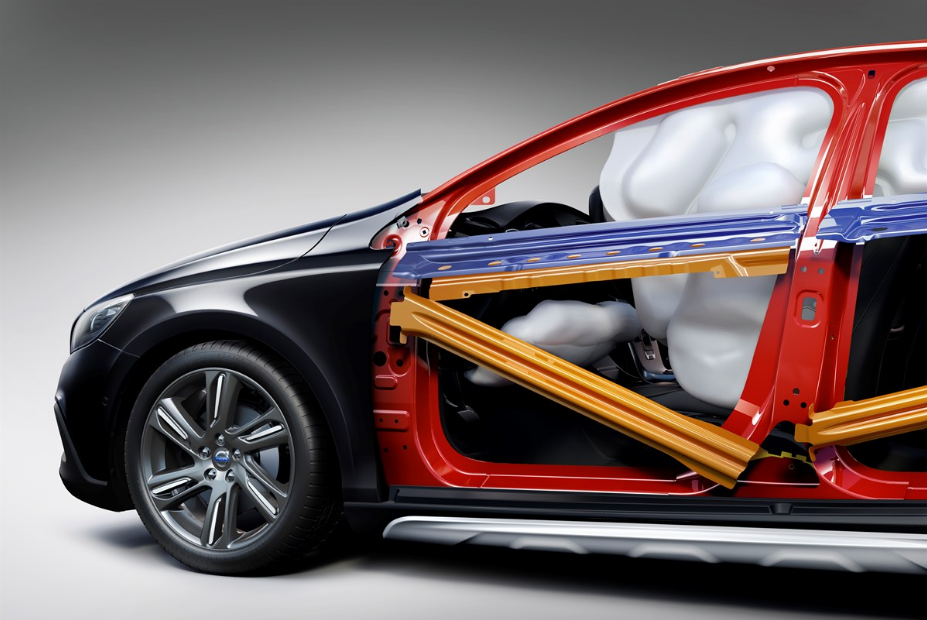
7. Rollover protection system, 2002
Next on Volvo’s list was rollover protection in SUVs since the popularity of these vehicles was starting to grow. This system was a two-fold development starting with enhanced stability in Volvo SUVs via the electronic Roll Stability Control (RSC).
The RSC is a stabiliser system that minimises the risk of the car overturning when it skids or due to sudden evasive manoeuvres. The second aspect is the use of extremely tough boron steel in the roof for an improved safety structure.
8. Blind spot information system, 2003
Volvo has developed the Blind Spot Information System (BLIS) as a support to drivers in dense traffic and to combat one of the major safety concerns in driving. The BLIS watches for vehicles in the blind spot using cameras and radars. When a car enters the area, the warning lamp lights up , giving the driver enough time to react.
The system is activated at speeds above 10km/h and is designed to react when the vehicle is being over taken by another vehicle or when another vehicle is fast approaching.
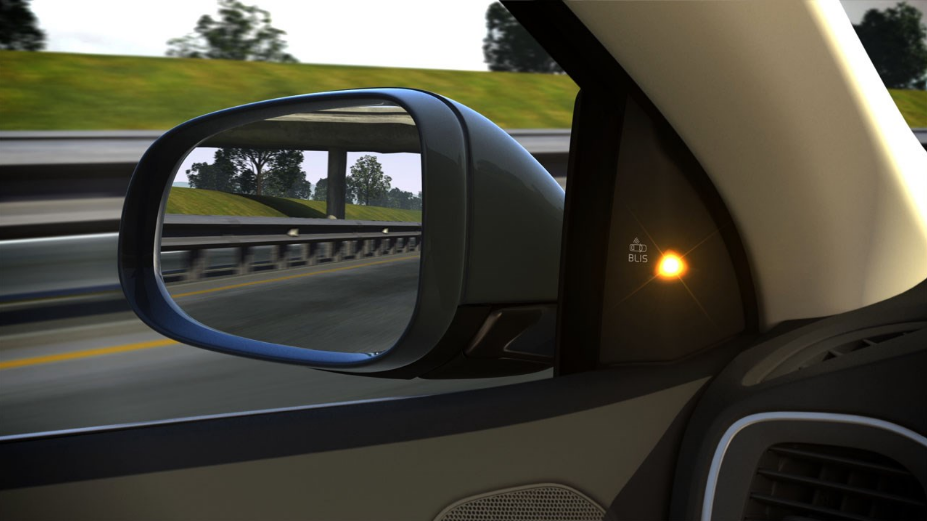
9. Auto brake technology, from 2006
According to statistics, 75% of all collisions happen at speeds of 30km/h and under. Also, in 50% of rear-end collisions, the driver at the back doesn’t brake at all. Volvo saw this as an opportunity to incorporate auto brake technology to detect the likelihood of a collision.
Volvo’s City Safety system uses lasers to detect the likelihood of a collision with a vehicle in front and if the driver doesn’t brake, the car will do it automatically, thus avoiding a collision. This system works at speeds of up to 50km/h. In a study on collision avoidance systems, Volvo’s City Safety technology was found to reduce insurance claims for rear-end frontal collisions by a stunning 28%.
The auto brake technology is also utilised in their pedestrian detection system – it is one of Volvo’s most recent innovations benefits non-drivers as well. Using a system of radars and cameras, the pedestrian detection system warns a driver if a person steps out into the front of the car, and if the driver fails to hit the brakes, the car will do it for them. This system expands the focus on automotive safety, going from within the car to pedestrians as well.
10. Run-off road mitigation and protection, 2014
Volvo has also integrated a nifty solution to protect drivers from running off the road in various situations. Using the car advanced sensor system, this piece of technology is able to detect the possibility of running off the road. If a scenario is detected, safety belts will be electrically tightened to keep occupants in position.
The second feature is in the seats. The seat and seat frame deforms mechanically to cushion the occupant in case of a hard landing. These protective designs help reduce the forces a passenger or driver is exposed to if they happen to run off the road, thus minimising injuries.
Apart from offering protection, the technology also functions as run-off road mitigation system. Specifically, the Lane Keeping and Driver Alert Control. Lane Keeping Aid applies extra steering torque if it sense the vehicle is about to unintentionally leave the lane, thus keeping the vehicle on track. The Driver Alert Control is a warning system for tire or inattentive drivers.
More information: Intellisafe by Volvo
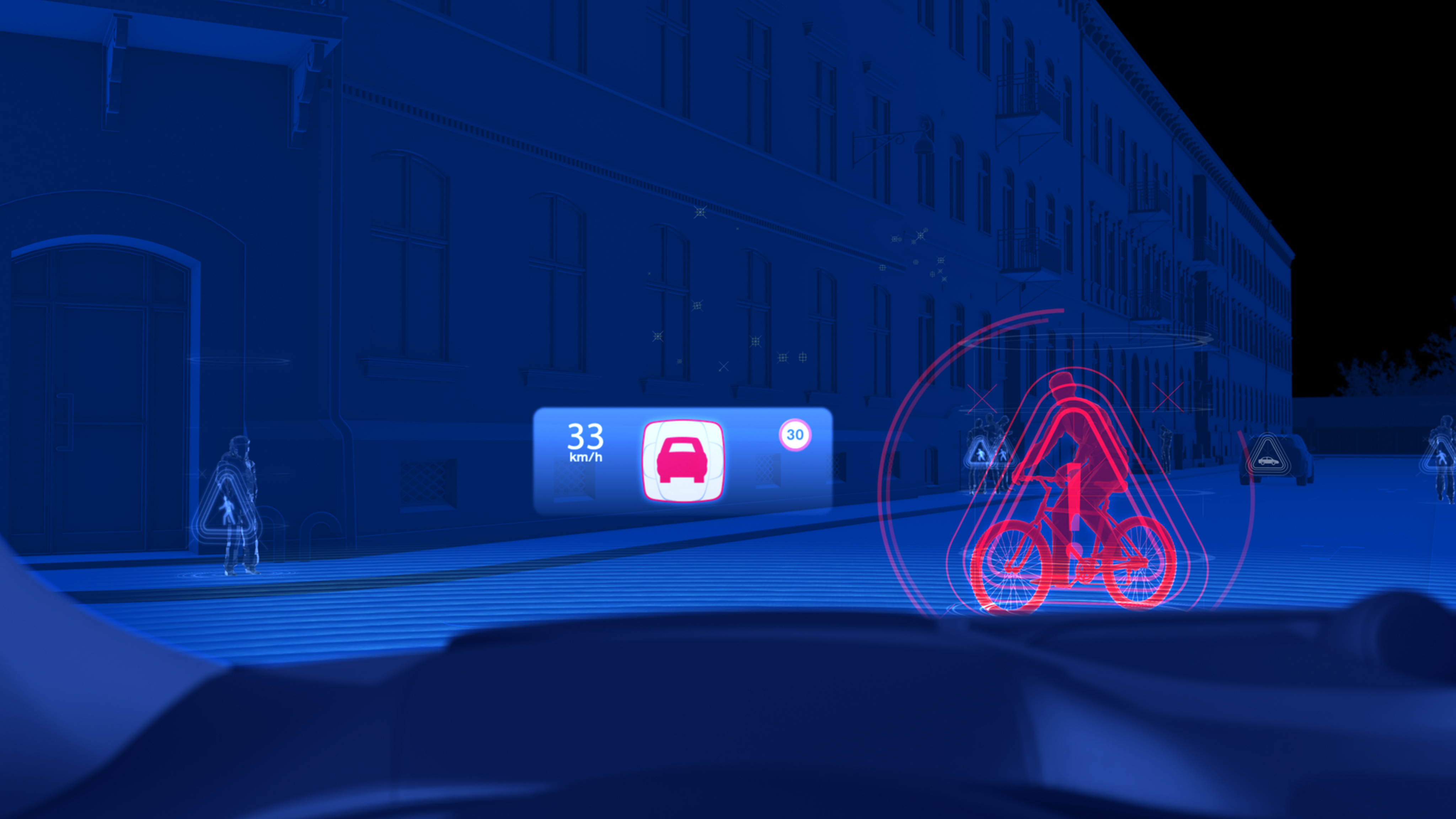
Volvo has changed the automotive industry with these innovations, and they are continuously pushing the envelope on vehicle safety. IntelliSafe is a combination of safety features, including some mentioned above and many others like 360° Surround View, Driver Alert Control, Lane Keeping Aid and more – integrated into the car as a support to the driver, keeping them safe and preventing accidents.
Also, in the event of a collision, IntelliSafe technologies are present to protect the driver and passengers from serious harm. In the near future, IntelliSafe will also include an autopilot function, allowing you to hand over control of the driving with the assurance that your car will know where it’s heading and what’s ahead.
These innovations are in line with Volvo Car’s vision that, by 2020, no one should be harmed in a new Volvo car. They are determined take the lead in moving towards a collision-free future.
Learn more about IntelliSafe at www.volvocars.com.my.
"ExpatGo welcomes and encourages comments, input, and divergent opinions. However, we kindly request that you use suitable language in your comments, and refrain from any sort of personal attack, hate speech, or disparaging rhetoric. Comments not in line with this are subject to removal from the site. "

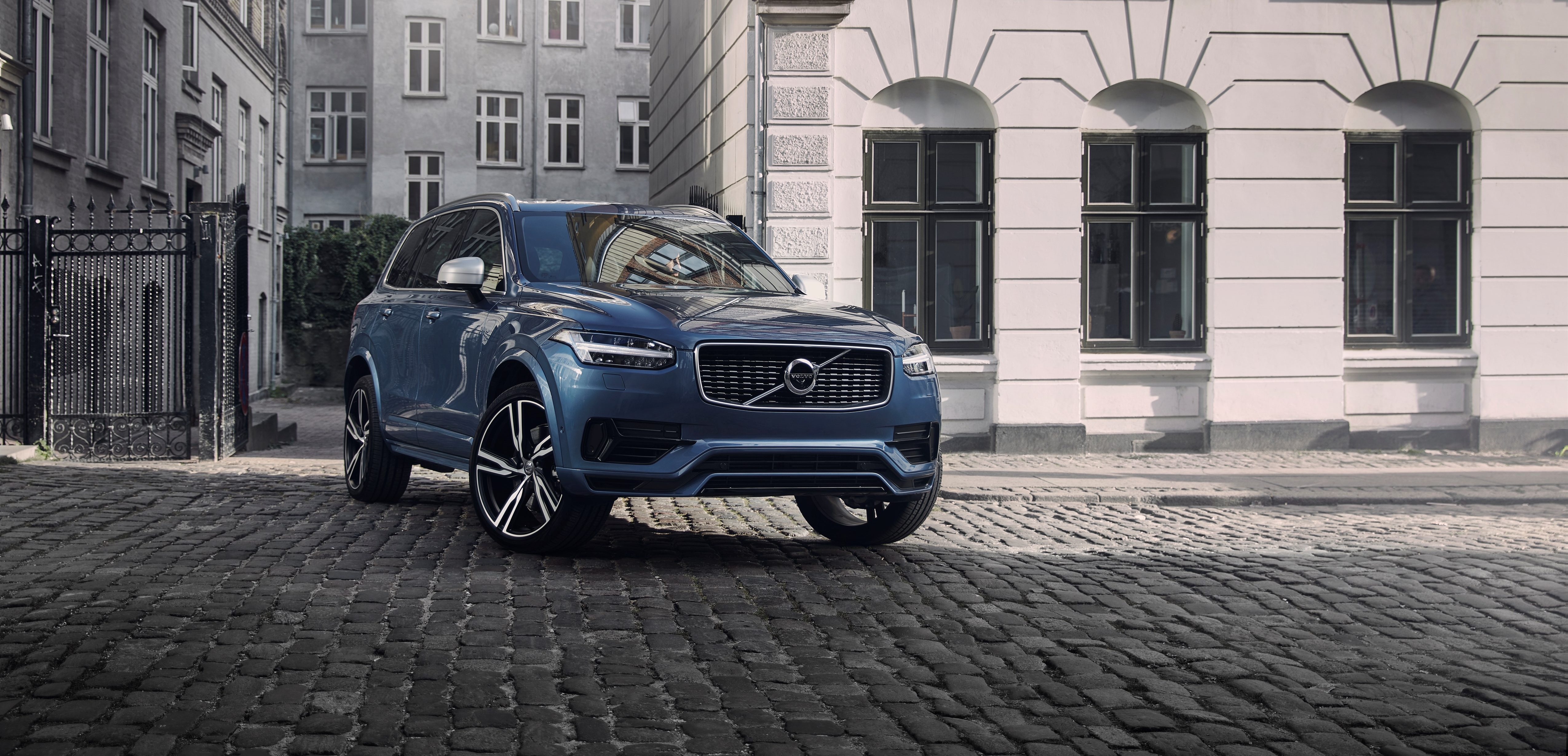

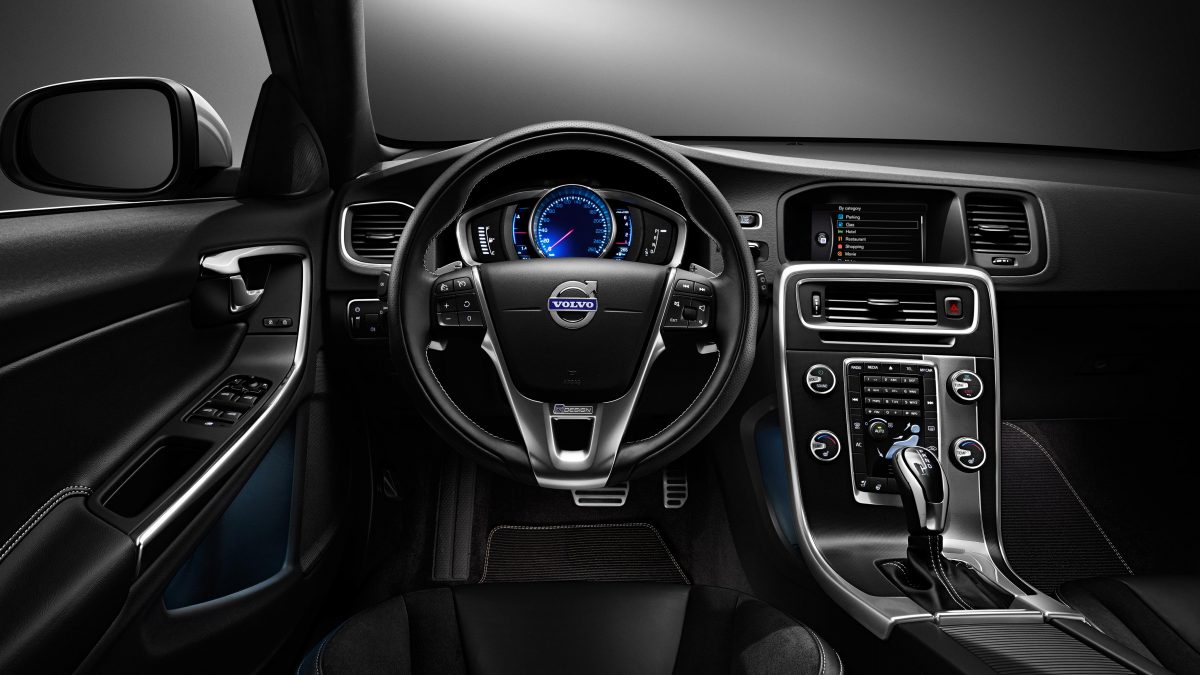







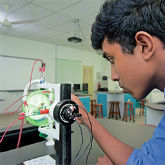


God bless Volvo…
Volvo adv
Aznor Fadly Azim
Wow
Volvo for life
Semua Volvo punya buah fikiran